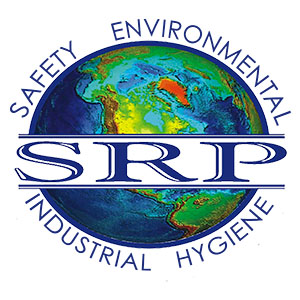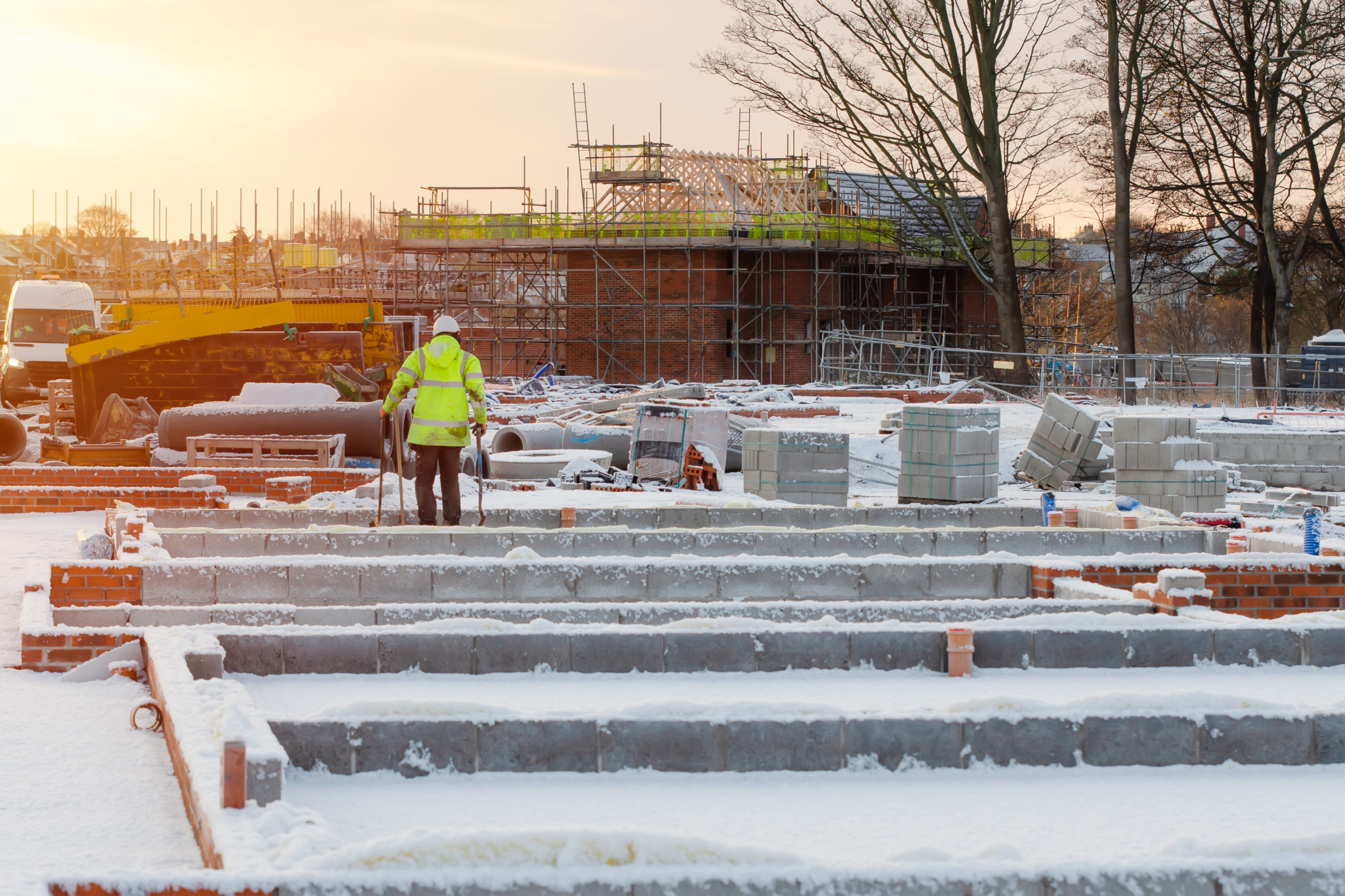It is not uncommon these days to see commercials promoting legal action in cases of asbestos exposure and the common resulting health conditions like mesothelioma and lung cancer. Despite the well-documented dangers of asbestos material, it is still present in much of our existing infrastructure today.
This is largely due to the widespread use of asbestos material throughout the nineteenth and twentieth centuries. Asbestos is a name given to a group of naturally occurring minerals that are resistant to both corrosion and heat. Asbestos proved to be an effective building material for its sound absorption, tensile strength, resistance to fire, heat, electrical and chemical damage, and its affordability.
The health effects of exposure to the fine fibers in asbestos only came to light in the latter half of the twentieth century. According to the U.S. Department of Labor, the inhalation of asbestos fibers is known to cause “the build-up of scar-like tissue in the lungs called asbestosis which results in the loss of lung function that often progresses to disability and death. Asbestos also causes cancer of the lung and other diseases such as mesothelioma of the pleura which is a fatal malignant tumor of the membrane lining the cavity of the lung or stomach.” These alarming health implications have resulted in the essential demise of asbestos as a viable building material.
Though new construction does not incorporate asbestos in its building materials, as mentioned earlier, asbestos still remains present in many older structures and buildings. Asbestos is often found in the following:
-
Attic and wall insulation (containing vermiculite)
-
Vinyl floor tiles and backing of vinyl sheet flooring and adhesives
-
Roofing and siding shingles
-
Textured paint and patching compounds
-
Hot water and steam pipes (coated with asbestos material or covered with asbestos blanket or tape)
-
Oil and coal furnaces and door gaskets with asbestos insulation
-
Heat-resistant fabrics
This prevalence of asbestos is acceptable as long as strict regulation requirements are met and Asbestos Management Plans (AMP) are maintained by certified asbestos professionals.
Asbestos can indeed be lethal given prolonged exposure to its particulate matter (fibers dispersed in the air), but it can also be safely managed to prevent human harm.
It is crucial to first determine if your building has asbestos materials by conducting an asbestos inspection by a certified asbestos professional. If asbestos is found to be present within a building or school it is required under the U.S. EPA’s Asbestos Hazard Emergency Response Act (AHERA) of 1986 and/or the Asbestos School Hazard Abatement Reauthorization Act (ASHARA), to develop and maintain anAsbestos Management Plan (AMP).
In many instances it is not necessary to remove the asbestos material unless it is severely damaged or would be disturbed by building maintenance or renovation. Therefore, AMPs are often tailored toward preventing and/or reducing asbestos exposure and are “founded on the principle of ‘in-place’ management of asbestos-containing material” (U.S. EPA).
In addition to developing and implementing an AMP, facilities are required to provide training, conduct regular inspections and sampling related to asbestos, manage asbestos properly and provide yearly notifications to parents, teachers and/or employee organizations (U.S. EPA).
SRP Environmental LLC has accredited Asbestos Management Planners on staff to conduct asbestos inspections and help devise a proper and comprehensive Asbestos Management Plan. SRP Environmental’s licensed Asbestos Contractors and Supervisors have extensive experience in all types of asbestos abatement methods and have all completed the National Institute of Occupational Safety and Health (NIOSH) 582E asbestos analysis course which includes “Occupational Safety and Health Administration (OSHA) training and licensing requirements for asbestos air monitors and the NIOSH-approved methods for collecting and evaluating airborne asbestos in occupational settings” (Green Education Services).
The expert staff at SRP Environmental is able to leverage its diverse knowledge base to ensure their clients are in compliance with applicable environmental, industrial hygiene and safety regulations, especially concerning asbestos remediation and exposure prevention.
Though the potential health effects of asbestos exposure are considered very serious health hazards, it is possible to safely contain and manage instances of asbestos material in existing building and infrastructure with proper professional guidance, caution and expert maintenance.

 ">
">
 ">
">